The opening match of Euro 2020 will take place in Rome, Italy. This city boasts many unique architectural and cultural landmarks that attract visitors to explore.
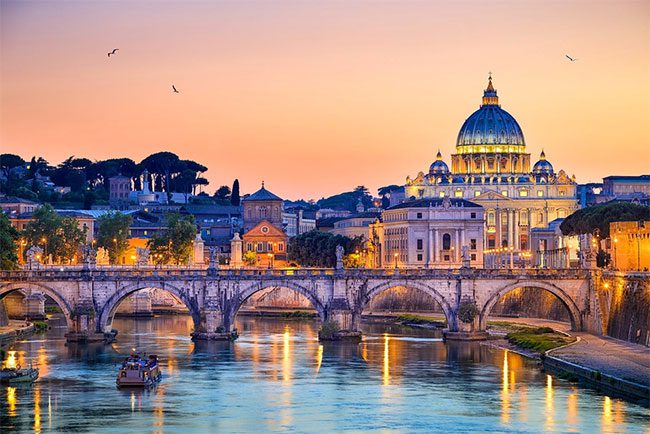
Nickname: “The Eternal City”: According to legend, Rome was founded in 753 BC during the reign of Romulus. For over 700 years, from the 1st to the 7th century, Rome became the number one power center in Europe. Rome is also known as “The Eternal City”. This name originates from the strong belief of ancient Romans that the city would endure and be immortal, despite experiencing numerous significant events. (Photo: Michael Abid).
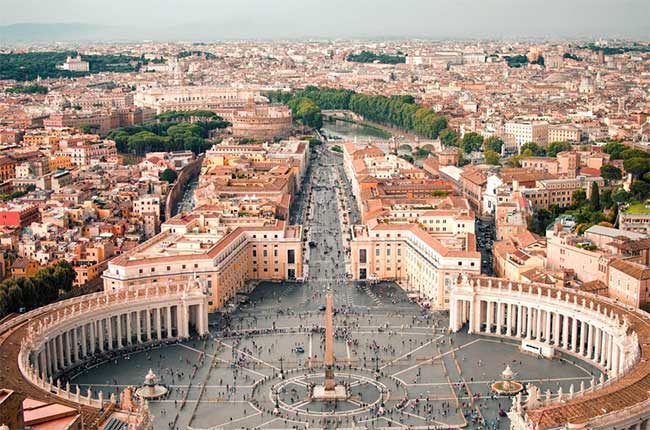
A Country Within a City: Vatican City is an independent country located within Rome. Established in 1929, it is famous for being the smallest country in the world, covering only 0.44 km² and having a population of less than 1,000 people. It is also the residence of the Pope and the headquarters of the Catholic Church. Notable tourist attractions in Vatican City include St. Peter’s Square, the Vatican Museums, and the Sistine Chapel. (Photo: Caleb Miller).
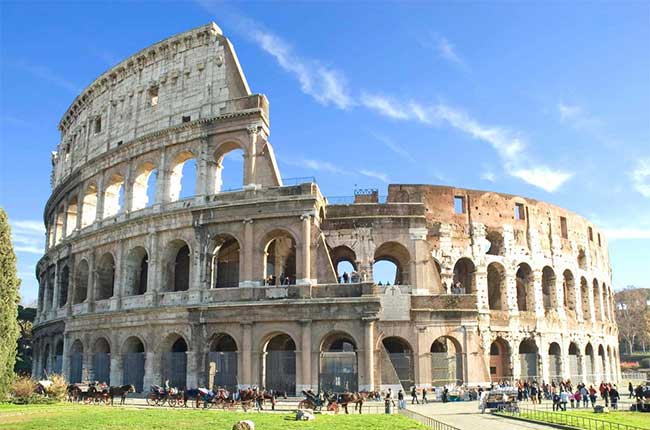
Nearly 2000-Year-Old Roman Amphitheater: The Colosseum was built around 70-80 AD, originally accommodating 50,000 spectators upon completion. It is one of the greatest architectural marvels of Rome that has survived to this day. In 2007, the Colosseum was honored as one of the New Seven Wonders of the World. The Colosseum is a top tourist attraction in the city of Rome. (Photo: Fabiomax).
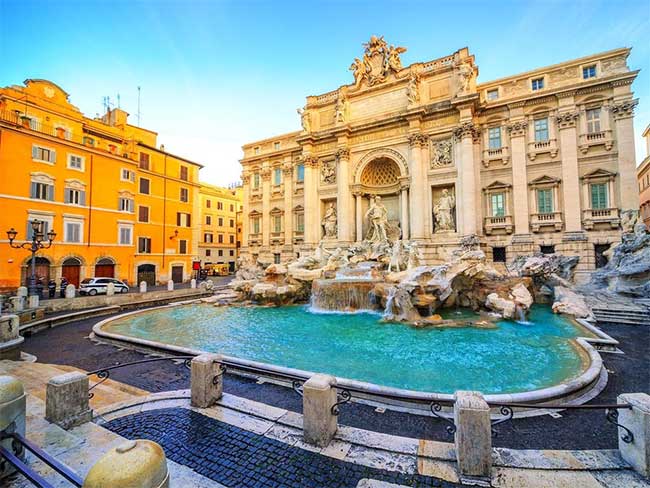
Fountain Collecting Over $4000 Daily: The Trevi Fountain features Baroque architecture and is the largest fountain in Rome, renowned worldwide. According to legend, if you toss a coin into the Trevi Fountain, you will return to Rome again. Consequently, visitors often perform this act to wish for good luck. The Telegraph reported that the amount of money thrown into the fountain can exceed $4,000 per day, all of which is donated to charity. (Photo: iStock).
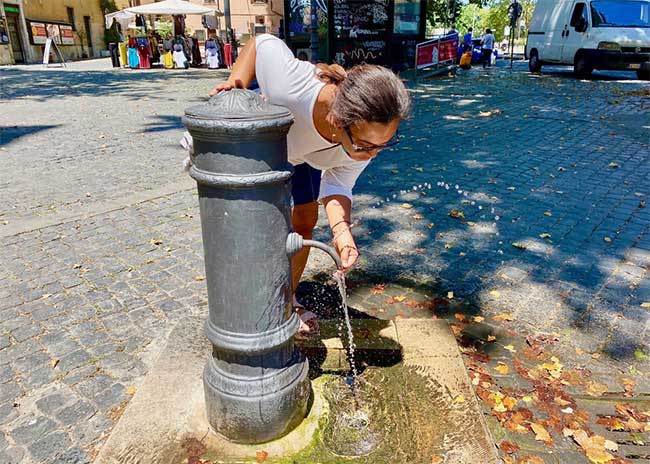
Free Drinking Water from Public Fountains in Rome: Residents and tourists can access clean drinking water for free, as there are approximately 2,500 public fountains in the city. The fountains in Rome have a distinctive design known as “nasone” or “big nose” due to the shape of the spout. If you cover the spout, water will shoot out in an arc from the hole at the top, allowing people to drink without touching their lips to the metal spout. (Photo: Rome and Beyond).
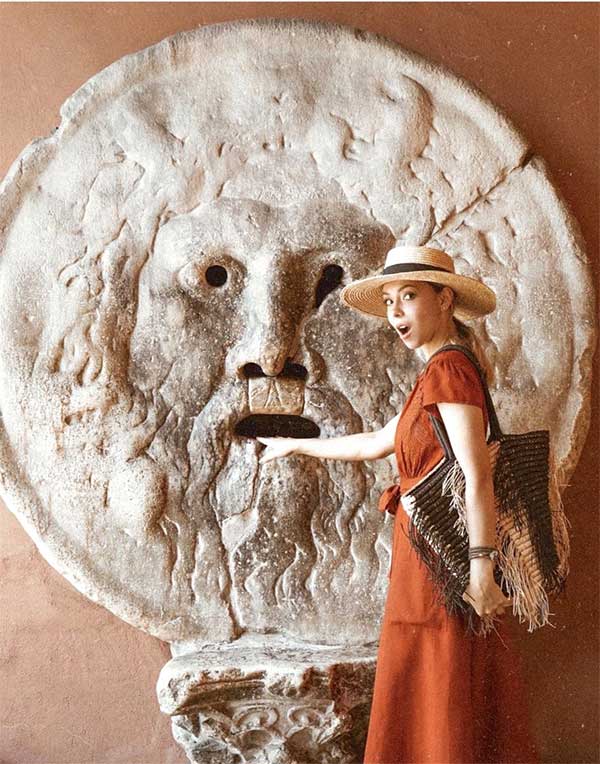
Tourists Pay to “Measure” Their Honesty in Rome: The famous relief known as Bocca della Verita (The Mouth of Truth) is made of marble and attracts many people who want to prove their honesty. Legend has it that a liar who puts their hand in the mouth of the sculpture will have it bitten off. Each person must pay 2 euros to capture a moment with their hand inside the mouth of the statue. The collected funds are used for church renovations. (Photo: Nika_bukreeva).
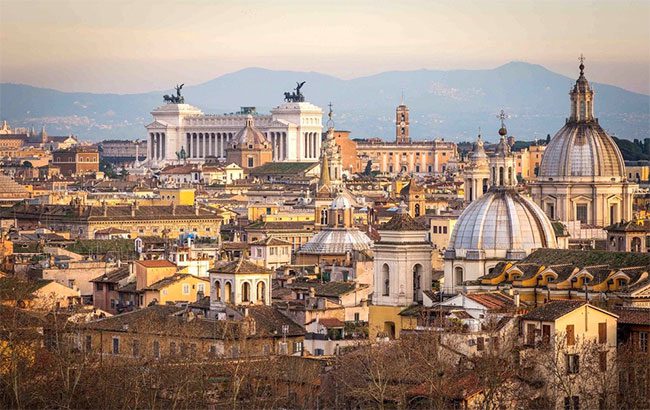
City Built on 7 Hills: “The City of Seven Hills” is another affectionate name for Rome. When it was founded in the 8th century BC, ancient Rome was built on seven contiguous hills. The seven hills are now known as Myrtle, Blossom, Clock Tower, Jackson, Lumpkin, Old Shorter, and Mount Aventine. (Photo: Pinterest).





















































